Making an Impact in Collegiate Soccer
John Smith is a winner with a focus on developing players to be their best. Determined to take Cornell University’s Men’s Soccer program to new heights, Smith, who joined Cornell March 2016, is also recognized for developing professional players who make a big impact.
John Smith, the head coach of the Cornell Men’s Soccer team, is one of the most highly acclaimed collegiate coaches in America. A man with a vision and a plan, Smith left Stanford after the team’s historic victory to take over as head coach at Cornell men’s soccer program.
While driven to win, super smart Smith is motivated to inspire his players to reach their highest level of performance — on and off the field.
As Associate Head Coach at Stanford, Smith helped lead the Cardinals to its first national title in 2015 when they defeated Clemson 4-0. This was a historic victory, earning the largest final score margin since 1975 and scoring the highest number of goals in an NCAA final since 1996.
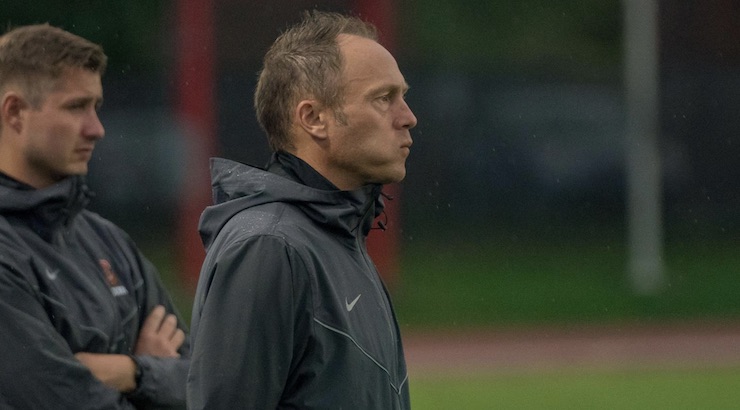
Smith is a man who knows how to build a winning team in the NCAA Division I.
Last season at Cornell, Smith’s team led the Ivy League in goals per game, with an average of 1.765. With Smith at the helm, Cornell’s Big Red has shown massive improvement, posting a double-digit winning season and is climbing the charts, leaping over Clemson, Columbia and Princeton. Currently ranked by NCAA DI as #50 at the close of December 2018, Cornell may still have to earn its spot in the top ten with Indiana, Wake Forest, North Carolina and Notre Dame but it has shown a meteoric rise.
A great head coach who is able to share his vision with his players and inspire them to reach their peak performance, Smith is a former striker. A native of Manchester, England, Smith came to the USA to attend college and earned Scholar-Athlete of the Year in 1996.
Smith was selected 13th overall in the 1997 MLS SuperDraft by the Columbus Crew.
At Stanford, he worked primarily with strikers such as Jordan Morris, helping the collegiate player develop into one of America’s best forwards.
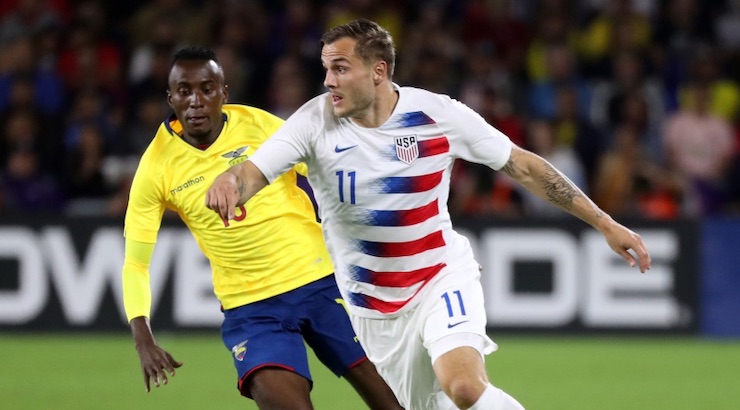
Morris was the first active college player to receive a cap for the U.S. Men’s National Team since 1995. A two-time All-American and Hermann Award Winner, Morris signed a pro contract with the Seattle Sounders FC in 2016. Now, the 24-year-old is on track to potentially earn over $1 million per year.
Morris is not the only pro Smith has developed. Among others are Real Salt Lake’s Corey Baird, the 2018 MLS Rookie of the Year and Adam Jahn who was selected by San Jose Earthquakes into the 2013 MLS Superdraft.
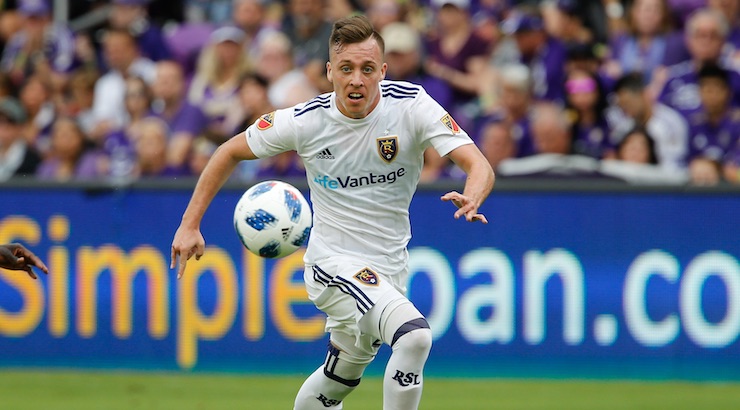
Smith has recently announced his seven newcomers to the Cornell program. What will the future be like for these incoming freshmen? As one of the top collegiate coaches in America, what is Smith’s coaching philosophy? Does he
SoccerToday’s Interview with Cornell’s John Smith
Diane Scavuzzo: What was the #1 reason you took over the head coaching position at Cornell? What attracted you the most?
John Smith:I decided to take over Cornell because of the wonderful challenge it posed. The thought of taking over a program which was already at a good level had less appeal to me. I was attracted to the prospect of building something at yet another incredible university.
Campuses like these are vibrant, and, whichever corner you turn, you are inevitably brushing shoulders with talent, in one way, shape, or form.

Diane Scavuzzo: What does it take to win in Division I soccer?
John Smith: I wish I had the answer to what it takes to win in Division I soccer, but I really don’t. Some of it, I believe, depends on whether or not your version of winning is completely linked to the numbers in the win-loss column.
Judging college coaches simply based on the numbers would be unfair.
This is especially true when you are coaching 18-year-olds to 22-year-olds student-athletes who are experiencing some of the most wonderful, weird, exciting and heartbreaking years of their lives.
In that kind of an environment, there are multiple ways to both win and lose. Any coach who is managing to develop a healthy environment of togetherness, and who is demonstrating positive leadership is already winning in my book. Having a great record becomes an added bonus.
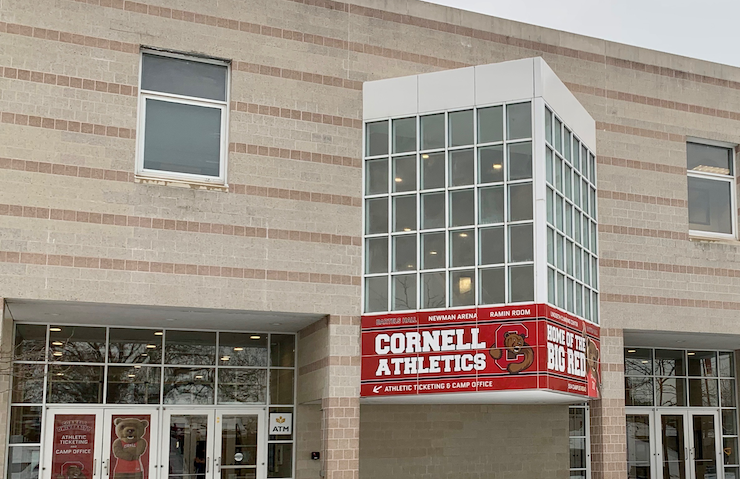
Diane Scavuzzo: What was the toughest challenge leading your Stanford team to the NCAA title in 2015? What are you most proud of?
John Smith: Stanford is the most difficult school for student-athletes to gain admittance. My main role within the program was recruiting, and therefore I witnessed this firsthand. I lost count of the number of prospective soccer players who did not have the academic profile for Stanford, and yet they earned their way into some of the top schools in the country. This made the pool of players we could genuinely look at relatively small.
Ultimately, when I look back at my time at Stanford I am most proud of the kind of guys we brought in to the program. We did not sacrifice any of our values by bringing in phenomenal players who didn’t quite fit our profile. The guys could all play, but they were even better people.
Diane Scavuzzo: What is your coaching philosophy? How do you inspire players?
John Smith:Broadly speaking, my philosophy is to help kids achieve and thrive in this sport. Along the way, each of them undoubtedly encounters obstacles – some more so than others. It’s my job to guide them through their rough patches, and get them back to a place where they’re confident and motivated to improve.
Every player is different – what might excite one guy, may leave another unphased. It’s important to figure out what makes each person tick, and what their broader goals are – in and out of soccer.

Diane Scavuzzo: How did you start building your squad at Cornell? What do you look for in a player?
John Smith: Building the squad posed initial challenges, simply because I arrived here in mid-March without any real concept of the type of squad I was inheriting. This put us in a slightly challenging spot since we had to go out and recruit without really fully grasping the complete needs of the program. Since then, we have progressively added pieces here and there, which we feel has brought some much-needed competition within the program.
Diane Scavuzzo: What do you look for in a player?
John Smith: I look for players that excite. Some do that with a ball at their feet, others do it with their drive and willingness to compete, the best do it with both.
Once I’ve seen this, I want to see how they react when things aren’t going their way. A lot can be revealed about one’s character in these moments, and the ones who react positively are the ones that I want in my program.
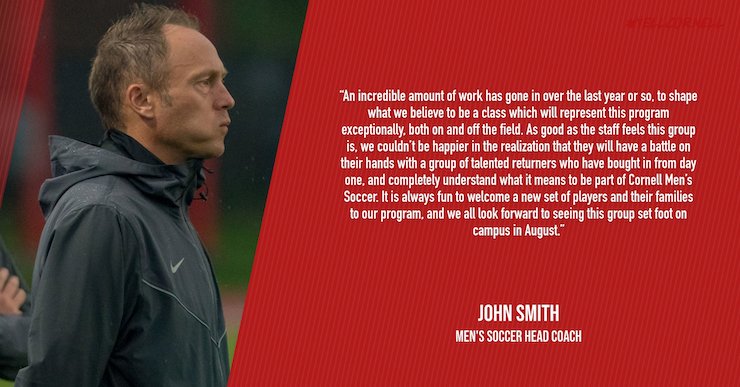
Diane Scavuzzo: What makes a DI player successful?
John Smith: A successful DI player is one that is willing and able to adapt to a new role on the team.
More often than not, that role is different than the one he played on their previous team.
Most players come from an environment where they were “the man,” to one where they have to fight for their position within the team.
Players who ultimately become successful are the ones that possess the grit to keep going through the tough times.
Sometimes the rough patches come in the first few months, but they don’t necessarily have to. The gritty players will always come out the other side stronger.
Diane Scavuzzo: What is your goal? How do you define success?
John Smith:My goal for this program is for it to be a perennial top 25 program.
Day to day, I try to measure success in terms of growth. I want to create a competitive environment where players can push themselves, and where there is no separation between hard work and enjoyment. Along the way, they will accomplish things that they never before thought were possible.
I consider those moments a success as a coach.
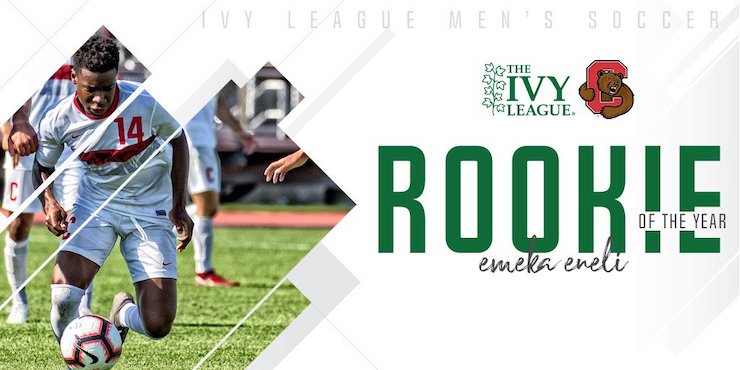
Diane Scavuzzo: Your squad has a higher GPA at Cornell than the average student…how are you achieving this?
John Smith: I wish I could take credit for this, but I can’t. We’re fortunate to have a group of student-athletes that takes the first part of that term just as seriously as they take the second.
I don’t believe in the idea that you have to choose one or the other, so all I ask is that they do their absolute best in each area.
Diane Scavuzzo: There is a new wave of players who are opting for USL contracts and de-committing to college. If an elite player, who dreams of becoming a professional, opts to play college soccer today – do you believe he is closing the door to becoming a pro?
John Smith: Personally, I think there are professional and collegiate environments that can both make or break a player’s career.
There is no doubt in my mind that in the right collegiate environment, young soccer players can be given the time and coaching to help them develop into fantastic professionals.
Similarly, there will be moments and stories of guys who have gone the USL route and ultimately gone on to be top professionals.
The key thing is to find the right people and the right environment.
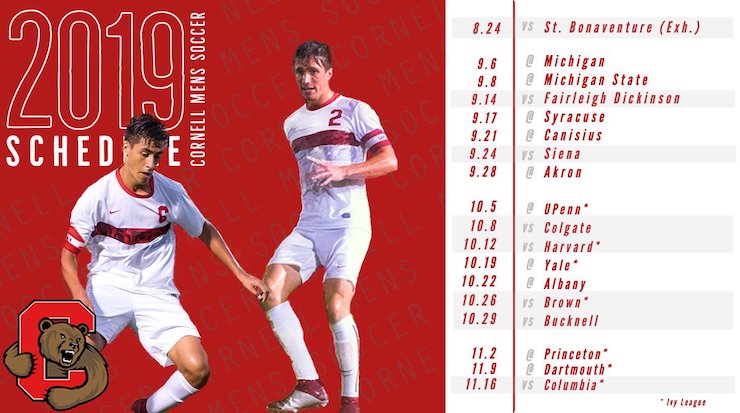
During my time at Stanford, Head Coach Jeremy Gunn created an environment which absolutely prepared his players for the professional game. It hasn’t been in the least bit surprising to see what Jordan Morris, Brandon Vincent, Corey Baird among others, have gone on and done since they left.
This was evidenced even further when both Jordan and Corey became rookies of the year.
Diane Scavuzzo: How do you develop players in the short college season?
John Smith: There is no question that I wish the college soccer season was longer and contained more games.
The key to development is consistent effort over time.
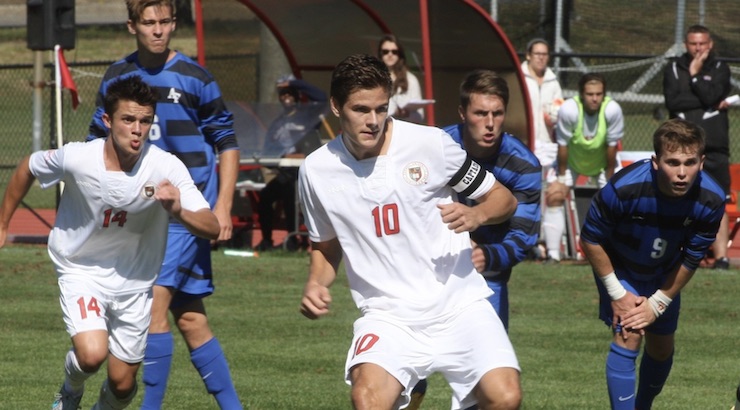
I believe you can mitigate some of the effects of a short season by encouraging a full-throttle mindset when it comes to training. That is our goal.
I also think that although college soccer is much more ruthless than club soccer, it, in no way, compares to the ruthlessness of professional soccer —collegiate athletes are given four years to emotionally, physically and tactically develop, whereas, pro coaches aren’t often afforded the time to develop their young players as much. Many have to win immediately.
The fact that college coaches can be more patient is a huge plus for a lot of young guys wanting to become a professional soccer player, and who simply may need a bit more time to blossom.

Diane Scavuzzo: Who do you believe is your club’s biggest rival? Why?
John Smith:I wouldn’t say we have one rival that emerges as our biggest when we look at the schedule each year. Every game is important, and we do our best to focus on the next game. Whoever suits up against us is our biggest rival at that point in time.
Diane Scavuzzo: Do you believe there is a big difference between a DA player and a non-DA player?
John Smith: The D
That being said, there are non-DA players that go on to have great college careers and beyond.
We don’t discriminate between the two, but we do spend the majority of our recruiting time at DA games simply because the overall level is usually higher.





